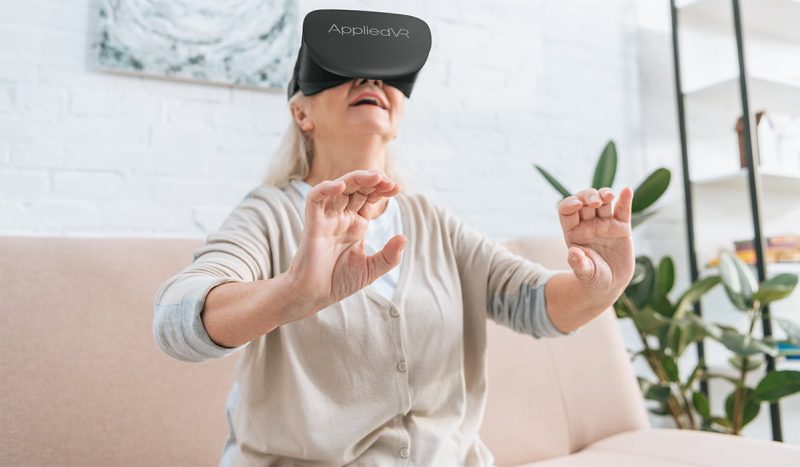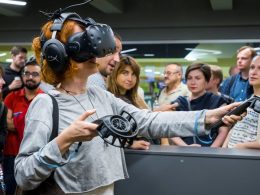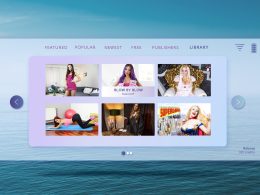The US Food and Drug Administration (FDA) has officially approved a virtual reality (VR) application as a pain therapy for back pain. This could give a further boost to the therapeutic use of VR.
The fact that VR can be used effectively in the treatment of various physical and mental illnesses has already been demonstrated in various Reports has been shown. In the USA, there now seems to be some movement on the part of the drug authorities towards accepting VR as a therapy.
VR against chronic back pain
The US start-up AppliedVR has been working on VR for behavioural and pain therapy for around six years. In March 2021, it received around USD 29 million from investors for the further development of its own offering. In total, the company has raised around 35 million US dollars since it was founded in 2015.
In March, it was already clear that the EaseVRx app had successfully passed clinical trials proving that the VR application can alleviate chronic back pain and pain caused by muscular rheumatism.
The EaseVRx treatment programme offers 56 VR sessions lasting 2 to 16 minutes, which patients undergo daily for eight weeks. The programme focuses on breathing and relaxation exercises to help control chronic pain. The app is based on the principles of cognitive behavioural therapy.
The prescription device, which is intended for self-application at home, consists of a VR headset and a controller as well as a "breathing amplifier" attached to the headset. This is designed to direct the patient's breath to the headset's microphone in order to perform deep breathing exercises.
VR therapy instead of painkillers
In the USA, EaseVRx, including VR glasses and controller, can now be prescribed by prescription following approval by the FDA. The medical authority investigated the effectiveness of the therapy in a multi-stage double-blind study over 8.5 months involving 179 participants with chronic lower back pain.
Among other things, 66 per cent of EaseVRx users reported a pain reduction of more than 30 per cent, compared to 41 per cent of participants in the control group who reported a pain reduction of more than 30 per cent. The control group used 2D software on the monitor without a behavioural approach.
Unfortunately, 21 per cent of participants in the study also reported discomfort when using VR glasses, while 9.7 per cent had problems with nausea.
Source: Mixed / FDA









